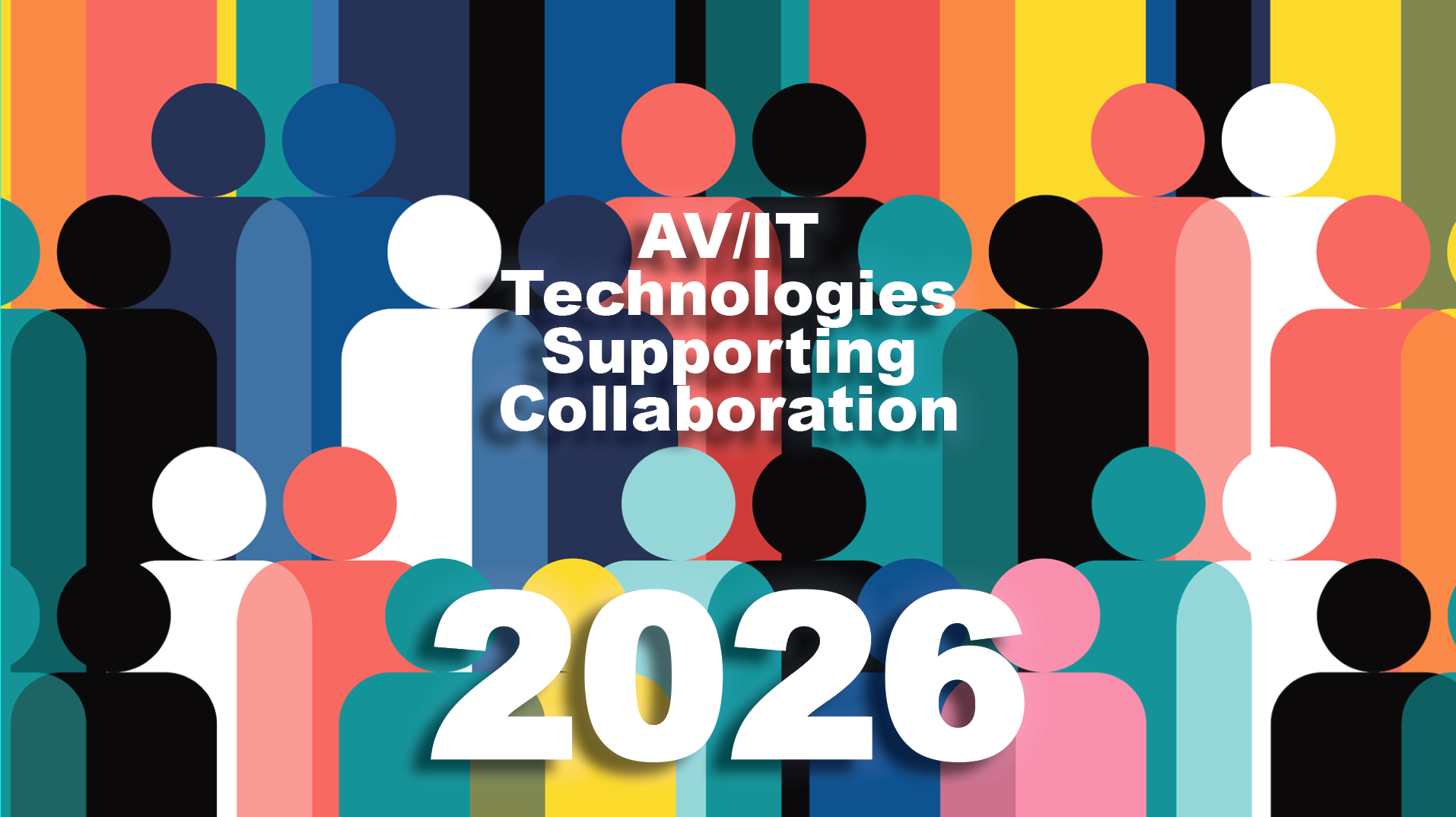On Workplace 3.X: Biamp
Joe Andrulis, Executive Vice President of Corporate Development at Biamp shares insight for ensuring meeting equity and how to deliver the best collaboration experience regardless of location. Part of AV Technology's Thought Leader Series.

AVT Question: Please share insight and best practices for ensuring meeting equity for all employees and how to deliver the best collaboration experience regardless of location.
Thought Leader: Joe Andrulis, Executive Vice President of Corporate Development at Biamp
Although more workers are returning to the traditional office full-time, for a significant number of employees, the ability to work from anywhere remains a necessity, especially for those working on the road or in satellite offices, at least for part of the time.
In response, the AV industry has introduced several tools and resources to make hybrid work as pleasant as possible for everyone, especially when it comes to conferencing and collaboration; however, pain points remain. What employers and employees really want is a conferencing environment that is hybrid, but equal, ensuring that those outside the office or on the road can have a similar experience as those on campus. Therefore, integrators and their customers increasingly require streamlined, yet dependable, AV solutions that are standardized, typically around a major UC platform such as Microsoft Teams, Google Meet, or Zoom, to create a seamless experience for all.
Ultimately, the all-in-one conferencing AV setup is about taking a complicated system that in the past was often overwhelming and distracting and making it easy." —Joe Andrulis, Executive Vice President of Corporate Development at Biamp
For the AV manufacturer, if standardization is the benchmark, then products need to be simple to install, configure, and use. The conferencing system should deliver an experience that is simple, fast, and incredibly reliable. To get there, AV professionals must look at all types of users that engage the meeting room, physically and virtually. There will still be microphones, loudspeakers, and video cameras — but they will be deployed as an all-in-one integrated AV solution that boasts intelligent features, including artificial intelligence (AI), that brings individuals in the conference room and those located elsewhere forward, both auditorily and visually.
AV pros need microphone systems that actively track and mix conversations from around the room so that no matter where someone sits in the conference room, they’ll sound as clear as if the microphone was right in front of them. This will also require video conferencing cameras that automatically identify, focus, and zoom in on participants when they speak, similar to how remote participants are presented on screen. Here, high-quality audio and video all-in-one conferencing bars are incorporating these features to give IT departments complete meeting room solutions without any changes in the quality of the experience, all the while offering enhanced ease of set up and use.
Ultimately, the all-in-one conferencing AV setup is about taking a complicated system that in the past was often overwhelming and distracting and making it easy. AV systems need to utilize system optimization features, such as automation, natural language processing, and predictive analysis, to improve the relationship that users have with AV assets as well as room utilization. Smart pro AV systems then become more accessible to everyone, even without training. As a result, they can naturally facilitate innovation and productivity for employees in the office, at home, or on the road.
A daily selection of features, industry news, and analysis for tech managers. Sign up below.

Cindy Davis is the brand and content director of AV Technology (AVT). She was a critical member of the AVT editorial team when the title won the “Best Media Brand” laurel in the 2018 SIIA Jesse H. Neal Awards. Davis moderates several monthly AV/IT roundtables and enjoys facilitating and engaging in deeper conversations about the complex topics shaping the ever-evolving AV/IT industry. She explores the ethos of collaboration, hybrid workplaces, experiential spaces, and artificial intelligence to share with readers. Previously, she developed the TechDecisions brand of content sites for EH Publishing, named one of the “10 Great Business Media Websites” by B2B Media Business magazine. For more than 25 years, Davis has developed and delivered multiplatform content for AV/IT B2B and consumer electronics B2C publications, associations, and companies. A lifelong New Englander, Davis makes time for coastal hikes with her husband, Gary, and their Vizsla rescue, Dixie, sailing on one of Gloucester’s great schooners and sampling local IPAs. Connect with her on LinkedIn.
